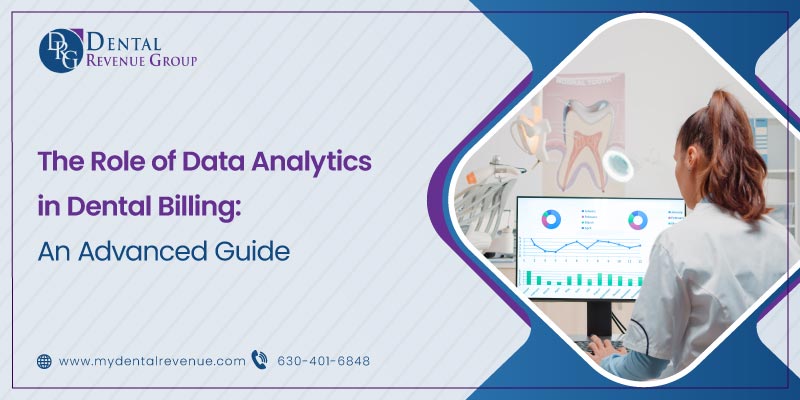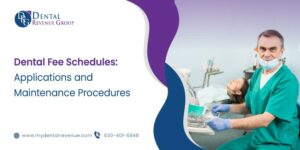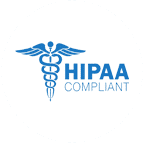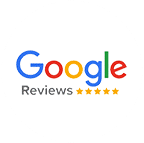In today’s rapidly changing healthcare landscape, dental practices face the challenge of effectively managing their billing processes. With the increasing complexity of insurance claims, reimbursement rates, and regulatory requirements, it has become crucial for dental practices to leverage data analytics to optimize their billing operations. Dental practices can gain valuable insights into their billing performance, identify areas for improvement, and streamline their revenue cycle management with the power of data analytics. In this advanced guide, we will explore the role of data analytics in dental billing and how it can revolutionize how dental practices manage their financial operations.
The Importance of Data Analytics in Dental Billing
Effective dental billing is essential for the financial success of a dental practice. However, without proper data analysis and insights, dental practices may struggle to identify revenue leakage, inefficiencies in their billing processes, and missed opportunities for reimbursement. This is where the role of data analytics becomes evident.
Enhancing Revenue Cycle Management
Data analytics enables dental practices to gain actionable insights into their revenue cycle management. By analyzing key performance indicators (KPIs) such as collections, accounts receivable, and denial rates, dental practices can identify bottlenecks in their revenue cycle and implement strategies to improve cash flow. For example, by analyzing denial patterns, dental practices can identify common reasons for claim denials and take proactive measures to reduce denials, such as improving documentation or training staff on coding practices.
Identifying Revenue Leakage
Data analytics can help dental practices identify potential revenue leakage and take corrective actions. Dental practices can identify instances of undercoding or missed opportunities for reimbursement. For instance, by analyzing the utilization of procedure codes, dental practices can identify procedures that are frequently performed but undercoded, leading to lost revenue. Dental practices can optimize their billing processes and maximize revenue potential by addressing these issues.
Improving Billing Accuracy and Compliance
Accurate billing and compliance with regulatory requirements are critical for dental practices. Data analytics can help dental practices monitor their billing accuracy by analyzing coding patterns, documentation completeness, and adherence to billing guidelines. By identifying coding errors or compliance issues, dental practices can take corrective actions to ensure accurate billing and mitigate the risk of audits or penalties.
Leveraging Data Analytics in Dental Billing
Dental practices must adopt a systematic approach to deriving meaningful insights and driving improvements in billing operations.
Data Collection and Integration
The primary step in utilizing data analytics is to gather and integrate relevant data from a variety of sources. This includes claims data, payment data, patient demographics, insurance information, and treatment records. Dental practices can utilize practice management software that provides robust data collection capabilities and integrates with external systems such as electronic health records (EHR) or insurance portals. By centralizing data, dental practices can ensure data accuracy and accessibility for analytics purposes.
Data Analysis and Visualization
Once the data is collected and integrated, dental practices can utilize data analytics tools to analyze and visualize the data. These tools can provide dashboards, charts, and graphs that present data in a user-friendly and actionable format. Dental practices can analyze key metrics such as collections by provider, accounts receivable aging, or reimbursement trends. By visualizing the data, dental practices can quickly identify patterns and trends that can inform decision-making and improve billing operations.
Best Practices for Data-Driven Dental Billing
Dental practices should adopt best practices that promote data-driven decision-making and continuous improvement. Here are some recommended best practices:
Define Clear Goals and Key Performance Indicators (KPIs)
Before diving into data analytics, dental practices should define clear objectives and KPIs that align with their business goals. These objectives can be specific to revenue cycle management, billing accuracy, or compliance. By defining clear objectives, dental practices can focus their data analytics efforts on the areas that matter most and drive meaningful improvements.
Invest in Robust Practice Management Software
Dental practices should invest in robust practice management software with comprehensive data analytics capabilities. The software should support data integration from various sources, provide intuitive data visualization tools, and offer customizable reports and dashboards. By leveraging the right software, dental practices can streamline data analytics workflows and make informed decisions.
Regularly Monitor and Review Key Performance Indicators
Data analytics is an ongoing process, and dental practices should regularly monitor and review their KPIs. This includes analyzing trends over time, comparing performance against benchmarks or industry standards, and identifying areas for improvement. Dental practices can proactively address issues, implement corrective actions, and optimize billing operations by regularly reviewing KPIs.
Continuously Train and Educate Staff
Dental practices should ensure their staff is trained and educated on data analytics tools and techniques. This includes training in data collection, analysis, and interpretation. By empowering staff with data analytics skills, dental practices can promote a data-driven culture and encourage staff to actively participate in improving billing operations.
Embrace Continuous Improvement
Data analytics is not a one-time effort but an ongoing journey of continuous improvement. Dental practices should embrace a culture of continuous improvement by regularly reviewing processes, implementing feedback loops, and seeking opportunities for optimization. By continuously refining their billing operations based on data insights, dental practices can achieve sustainable improvements in revenue cycle management.
The Future of Data Analytics in Dental Billing
The future of data analytics in dental billing holds immense potential for further optimization and innovation. As technologies such as artificial intelligence (AI) and machine learning continue to advance, dental practices can expect more sophisticated data analytics capabilities. AI-powered algorithms can automate complex billing tasks, predict reimbursement rates, and identify anomalies or fraud patterns. Additionally, advancements in data interoperability can enable dental practices to aggregate and analyze data from multiple sources, providing a more comprehensive view of their billing operations.
Conclusion
Data analytics has become essential for dental practices to optimize their billing operations. Adopting best practices and robust software enhances financial operations in dental practices. Embracing a continuous improvement culture allows for effectively harnessing the power of data analytics. The future of dental billing with data analytics promises innovation and optimization. This paves the way for more efficient and effective revenue cycle management in dental practices.











